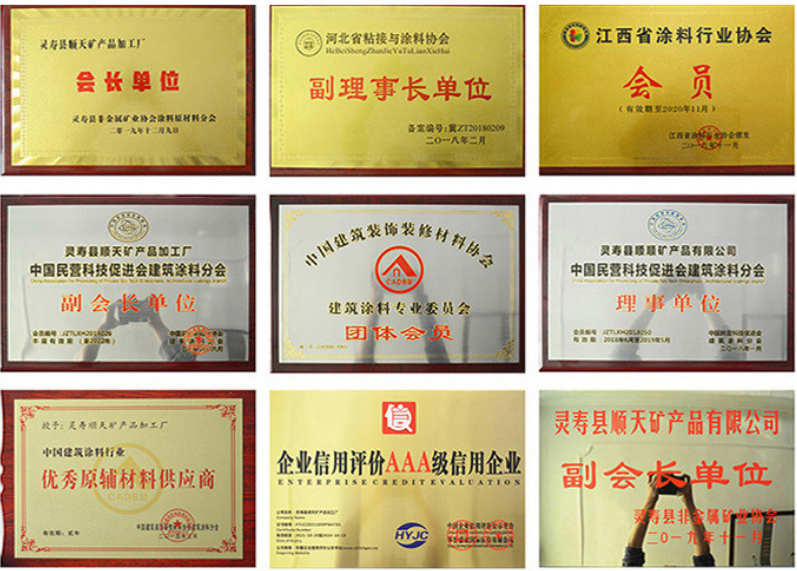
cinder block fly ash
The Role of Cinder Block and Fly Ash in Sustainable Construction
Sustainable construction practices are increasingly becoming a priority in the building industry, emphasizing the need for materials that not only reduce environmental impact but also enhance durability and performance. Among the innovative materials that have emerged, cinder blocks incorporated with fly ash stand out as a promising solution. This article will explore the benefits of integrating fly ash into cinder blocks, the environmental implications, and the potential for widespread application in construction.
Cinder blocks, also known as concrete masonry units (CMUs), are widely used in various construction projects due to their strength, durability, and versatility. Traditionally made with cement, aggregates, and water, the introduction of fly ash into cinder block production can significantly enhance the performance of these blocks while reducing the carbon footprint associated with their manufacturing.
The Role of Cinder Block and Fly Ash in Sustainable Construction
One of the most significant advantages of using fly ash in cinder blocks is its contribution to sustainability. The production of Portland cement, the primary ingredient in traditional cinder blocks, is an energy-intensive process that generates a substantial amount of carbon dioxide (CO2) emissions. By replacing a portion of cement with fly ash, manufacturers can reduce the carbon footprint of cinder blocks significantly. Studies have indicated that replacing up to 30% of the cement content with fly ash can lead to a considerable drop in CO2 emissions, making these blocks a more environmentally friendly option.
cinder block fly ash

In addition to their reduced environmental impact, cinder blocks with fly ash also offer improved thermal performance. The incorporation of fly ash can enhance the insulation properties of the blocks, helping to regulate indoor temperatures and ultimately reducing energy consumption in buildings. This thermal efficiency is particularly advantageous in regions with extreme weather conditions, where maintaining comfortable indoor temperatures can lead to skyrocketing energy costs.
Furthermore, the use of fly ash in cinder block production promotes the concept of a circular economy. By repurposing waste materials like fly ash, we can divert them from landfills, thus reducing waste and conserving natural resources. This transition towards reusing byproducts not only fosters environmental stewardship but also opens new avenues for innovation in construction materials.
Despite the numerous benefits associated with cinder blocks made from fly ash, challenges remain in their widespread adoption. One major hurdle is the perceived variability in the quality of fly ash, which can depend on the source and combustion conditions. Ensuring a consistent quality of fly ash is essential for maintaining the reliability of cinder blocks in construction applications. Industry standards and rigorous testing protocols must be established to guarantee that fly ash used in cinder block manufacturing meets the necessary performance criteria.
Moreover, educating stakeholders about the benefits and applications of fly ash in cinder blocks is crucial for fostering acceptance in the construction industry. Architects, builders, and engineers must understand the advantages of these materials to make informed decisions that promote sustainability in their projects.
In conclusion, integrating fly ash into cinder block production represents a significant advancement in sustainable construction practices. By utilizing this byproduct, we can reduce the environmental impact of building materials, enhance the performance of cinder blocks, and promote a more sustainable approach to construction. As we move towards a greener future, embracing the potential of fly ash in cinder block production is not just an option but a necessity for a more sustainable built environment.
Share
-
Fly Ash Solutions Enhanced by GPT-4 Turbo | Sustainable InnovationNewsAug.01,2025
-
Natural Premium Bentonite Cat Litter - Superior ClumpingNewsJul.31,2025
-
Premium Resin Coated Sand - High Heat Resistance CastingNewsJul.31,2025
-
High Quality Silicon Carbide Grit for Abrasive ApplicationsNewsJul.30,2025
-
High-Quality Ceramsite for Plants & Gardening | Lightweight PebblesNewsJul.29,2025
-
Premium Burgundy Glass Marbles for Vases & Shooter GamesNewsJul.29,2025






